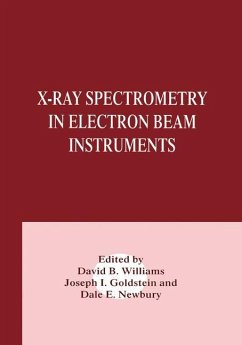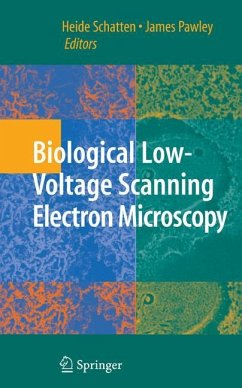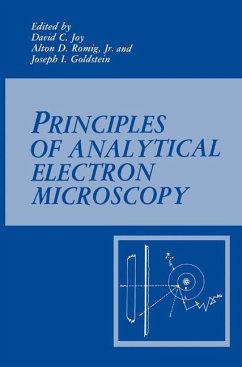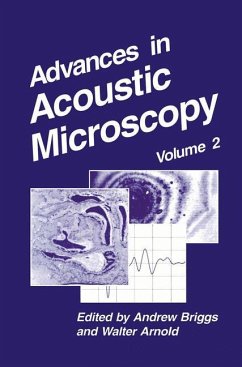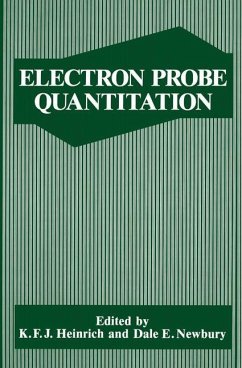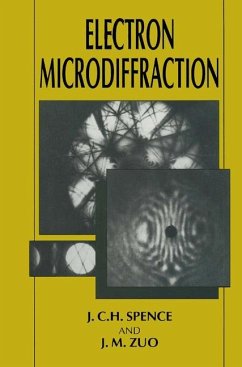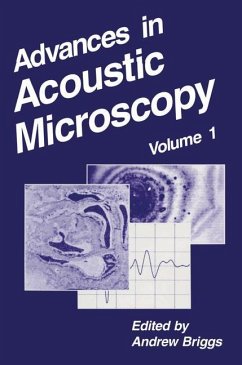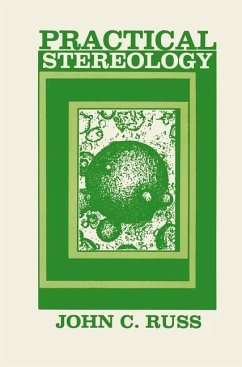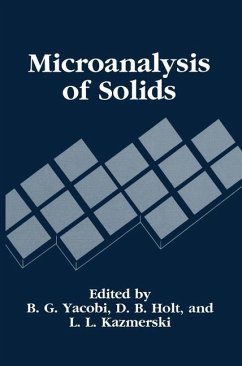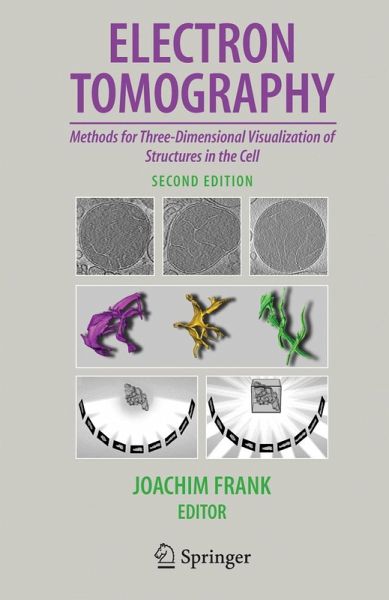
Electron Tomography
Methods for Three-Dimensional Visualization of Structures in the Cell
Herausgegeben: Frank, Joachim
Versandkostenfrei!
Versandfertig in 6-10 Tagen
174,99 €
inkl. MwSt.

PAYBACK Punkte
87 °P sammeln!
Electron tomography has become a standard technique with applications in cell biology, structural biology, and materials science. This definitive work provides a comprehensive treatment of the mathematical background and working methods of three-dimensional reconstruction from tilt series, with special emphasis on the problems presented by limitations of data collection in the transmission electron microscope. In addition to chapters that are applicable to 3D reconstruction in all fields of science, such as radiological imaging in medicine and electron tomography in materials science, Electron...
Electron tomography has become a standard technique with applications in cell biology, structural biology, and materials science. This definitive work provides a comprehensive treatment of the mathematical background and working methods of three-dimensional reconstruction from tilt series, with special emphasis on the problems presented by limitations of data collection in the transmission electron microscope. In addition to chapters that are applicable to 3D reconstruction in all fields of science, such as radiological imaging in medicine and electron tomography in materials science, Electron Tomography also focuses on specimen preparation and imaging unique to biological electron microscopy.
This extensively revised second edition updates key contributions on the mathematics of 3D reconstruction, and includes new topics such as automated tomography, frozen sectioning of cells, and the interpretation of density maps through methods of fitting, docking, denoising, andsegmentation. Each chapter is a self-contained treatise by a world expert in the author's field of research, resulting in an indispensable resource and companion for laboratories that practice electron tomography or seek to implement electron tomography as a tool for visualization of cells and cell components.
Key Features
Presents the mathematical background and working methods for three-dimensional reconstruction from projections Takes the reader from biological specimen preparation to three-dimensional images of the cell and its components Revised and updated extensively from the first edition published in 1992 The definitive work in the field written by leading international experts
This extensively revised second edition updates key contributions on the mathematics of 3D reconstruction, and includes new topics such as automated tomography, frozen sectioning of cells, and the interpretation of density maps through methods of fitting, docking, denoising, andsegmentation. Each chapter is a self-contained treatise by a world expert in the author's field of research, resulting in an indispensable resource and companion for laboratories that practice electron tomography or seek to implement electron tomography as a tool for visualization of cells and cell components.
Key Features
Presents the mathematical background and working methods for three-dimensional reconstruction from projections Takes the reader from biological specimen preparation to three-dimensional images of the cell and its components Revised and updated extensively from the first edition published in 1992 The definitive work in the field written by leading international experts



